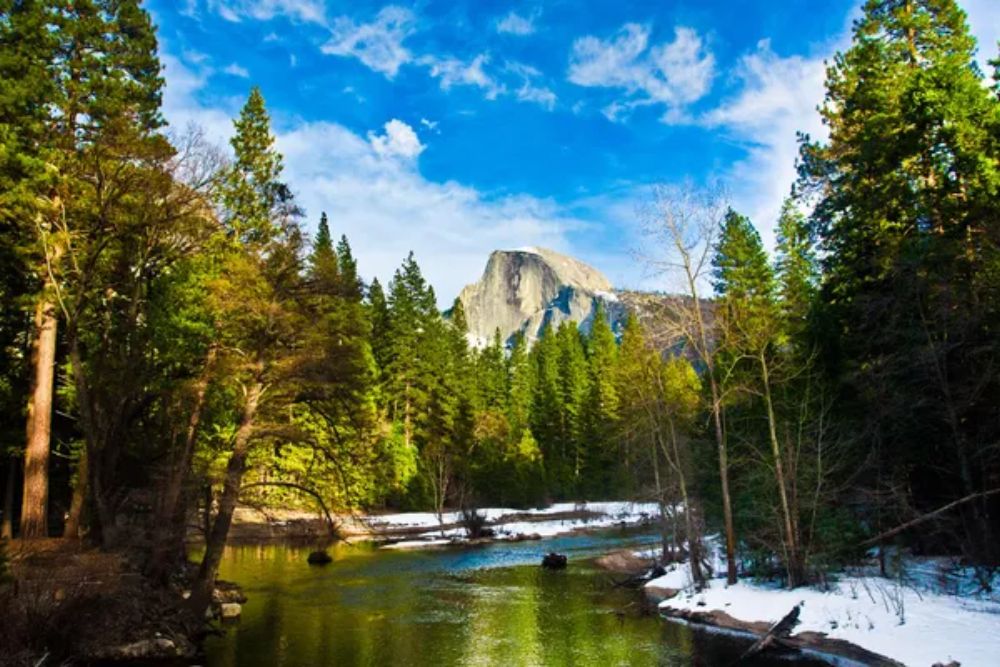Yosemite National Park is one of America’s most treasured natural wonders, drawing
millions of visitors yearly to its granite cliffs and pristine wilderness.
While Half Dome and El Capitan might be familiar sights, the park harbors countless
fascinating secrets and surprising historical details that many visitors never discover.
Each year, discoveries add to the park’s rich natural and cultural tapestry.
Native Heritage Runs Deep Throughout the Valley
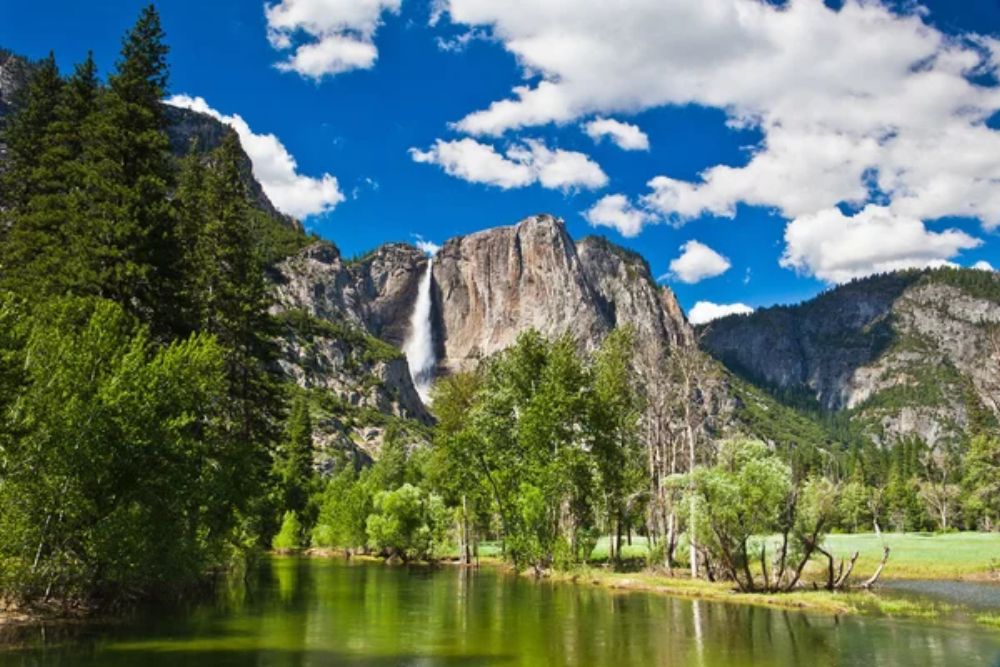
The Ahwahnechee people inhabited Yosemite Valley for over 4,000 years before
European settlers arrived. Their descendants continue to maintain strong cultural
connections to the land, passing down traditional knowledge about the valley’s
plants, animals, and sacred sites through generations.
Today, their cultural practices and stories are actively incorporated into park education programs.
Glaciers Carved More Than Just the Valley
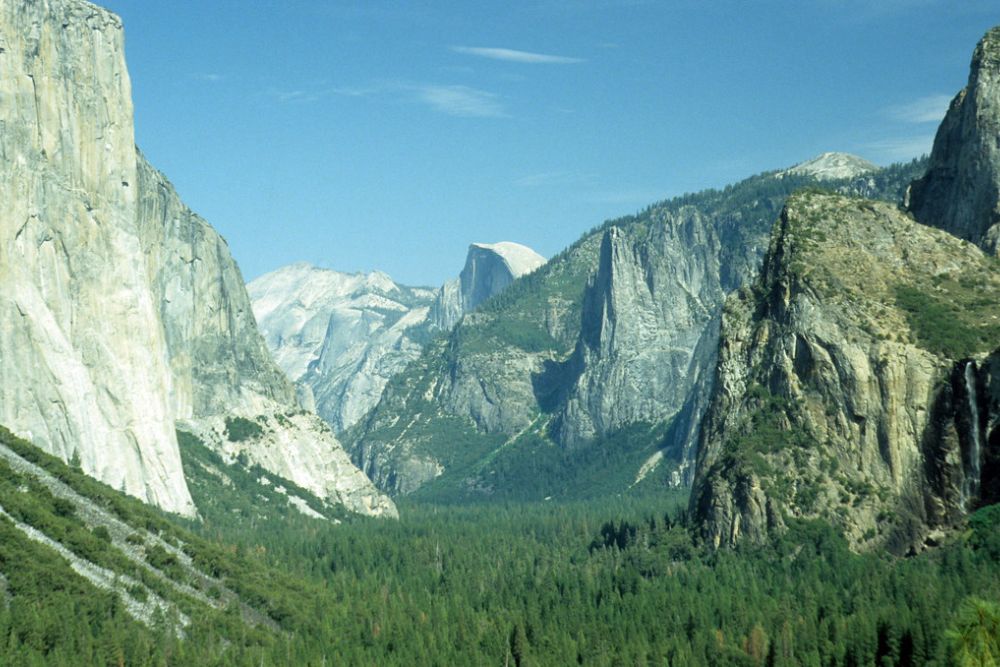
Ancient glaciers up to 4,000 feet thick sculpted Yosemite’s iconic landscape during
multiple ice ages. These massive ice sheets not only carved the main valley but also
created hundreds of high-altitude lakes and distinctive granite domes throughout the
park.
The glacial polish on many rocks still gleams in the sunlight, a testament to the immense forces that shaped this landscape.
Like Travel Pug’s content? Follow us on MSN.
The Park’s Namesake Was a Misunderstanding
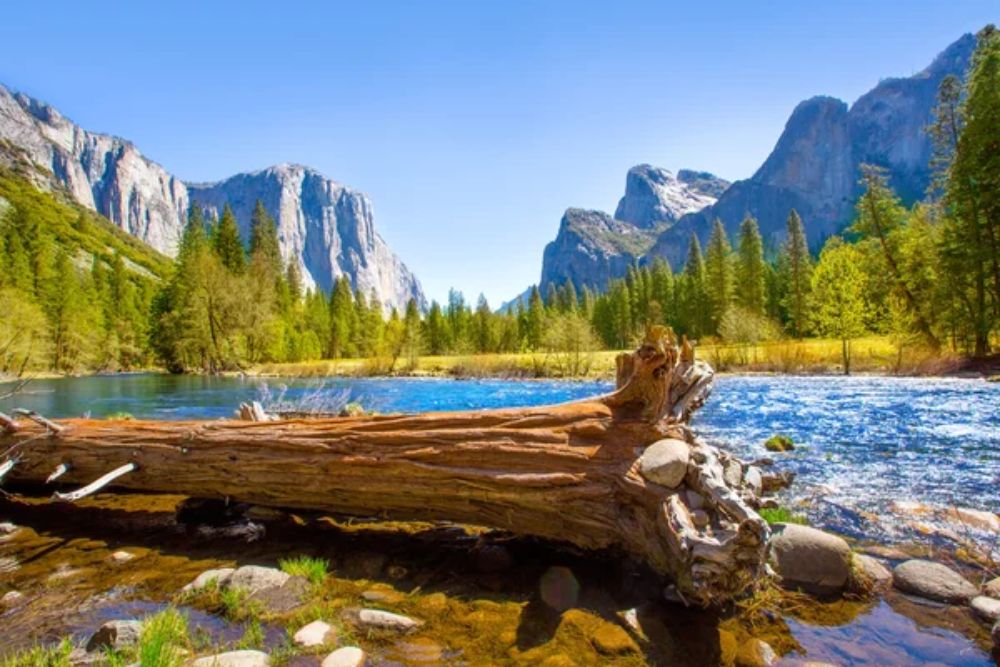
Early settlers mistakenly named the valley ‘Yosemite’ after believing it was the name
of the native inhabitants. The word derives from ‘Uzumaki,’ which means ‘grizzly
bear’ in the native Miwok language and was the name of a specific tribe that early
settlers feared.
This linguistic confusion has led to ongoing efforts to properly recognize and honor the valley’s original name, Ahwahnee.
Firefall Tradition Illuminated the Valley
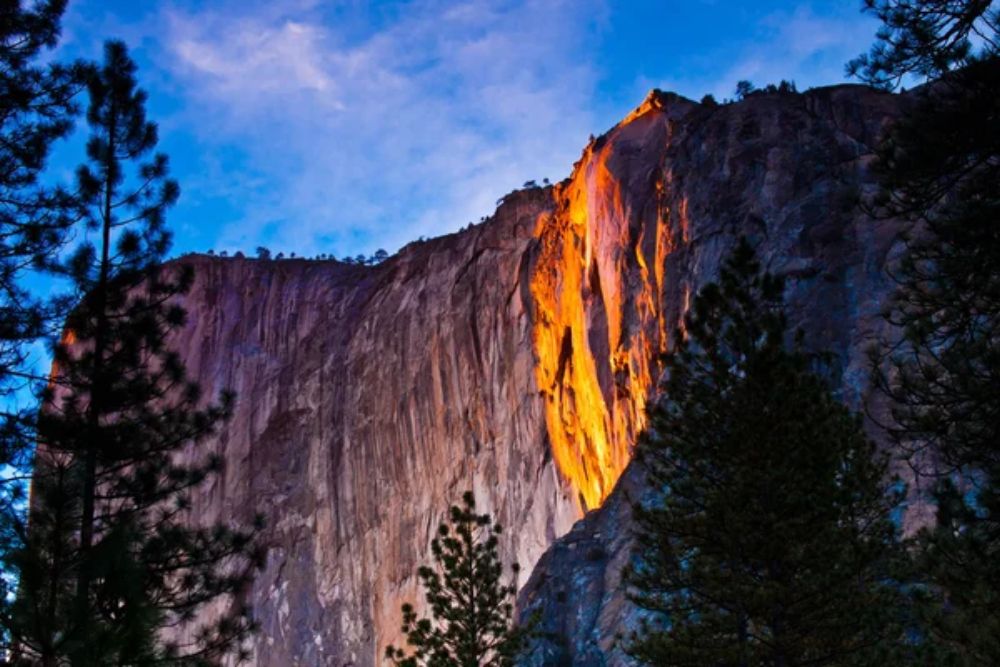
From 1872 to 1968, Yosemite hosted a nightly tradition called ‘Firefall,’ where burning embers were pushed off Glacier Point, creating a spectacular cascade of fire. Park officials ended this practice due to environmental concerns and overwhelming crowds.
The ritual began as a way to entertain guests at the Glacier Point Hotel and became one of the park’s most memorable historical attractions.
Ancient Trees Tell Climate Stories
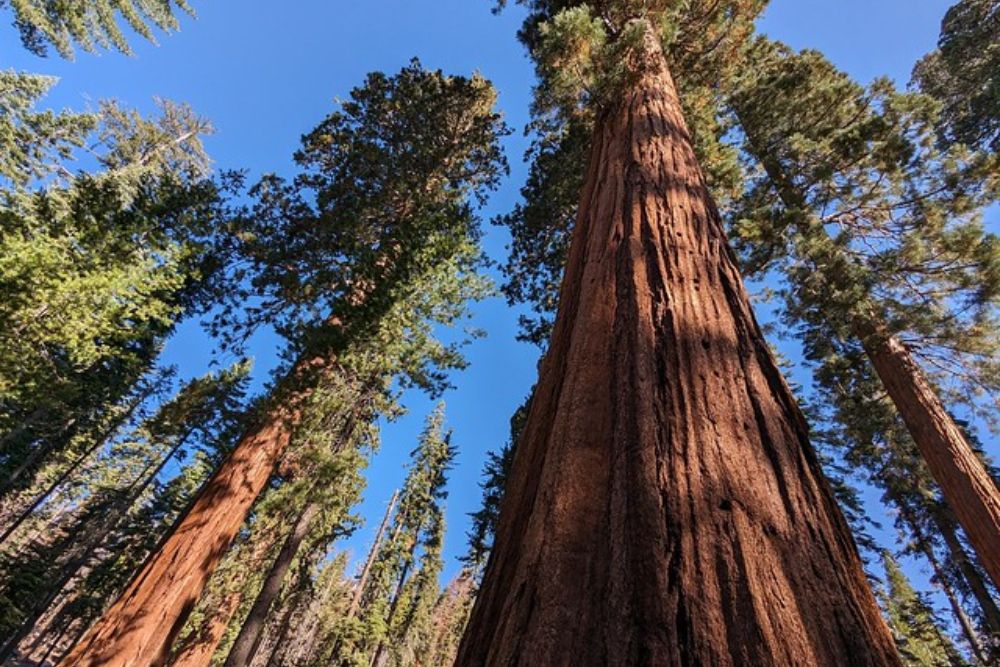
Scientists have discovered tree rings in Yosemite’s ancient foxtail pines that date
back over 3,000 years. These trees have provided crucial data about historical
climate patterns and helped researchers understand long-term environmental
changes in the Sierra Nevada.
The oldest living tree in the park is estimated to be over 3,000 years old, making it a contemporary of ancient civilizations.
Like Travel Pug’s content? Follow us on MSN.
Rock Climbers Made History Here
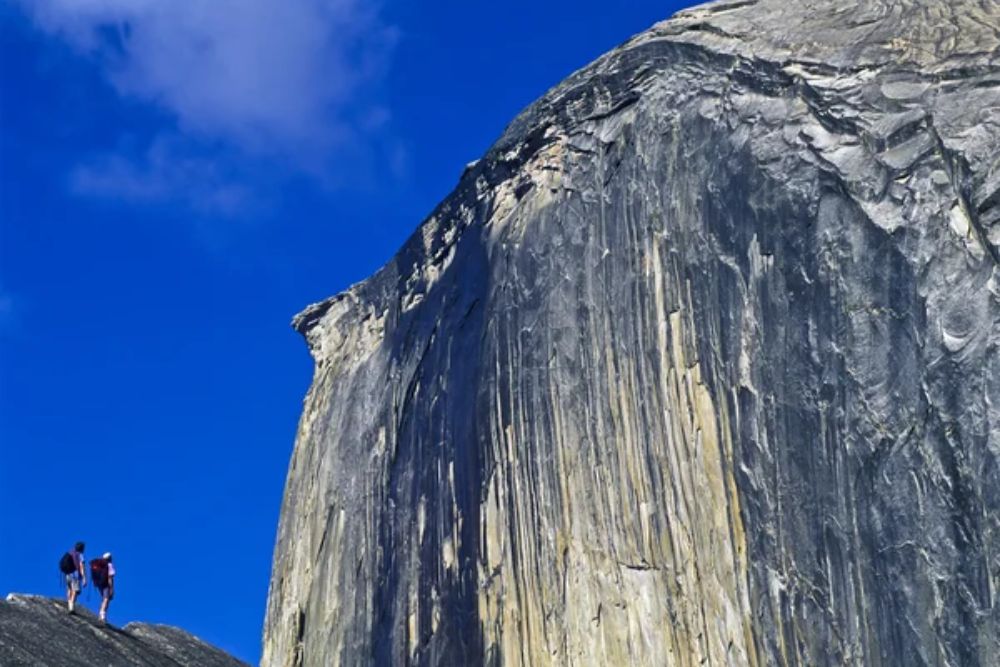
The first technical climb of Half Dome’s face was completed in 1957, revolutionizing
modern rock climbing. Yosemite’s granite walls became the birthplace of numerous
climbing innovations and techniques that are still used worldwide today.
The park continues to attract elite climbers who push the boundaries of what’s possible on vertical rock.
The Natural Firefall
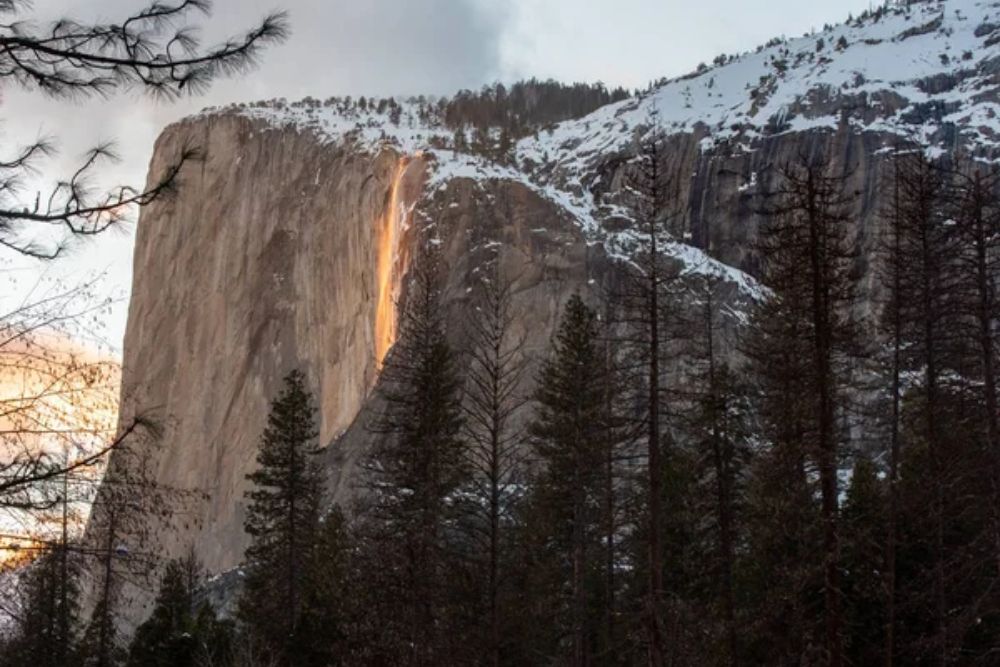
Horsetail Fall transforms into the famous ‘Firefall’ natural phenomenon for just two
weeks each February. When conditions align perfectly, the setting sun illuminates
this seasonal waterfall, making it appear to flow with molten lava.
This spectacular display draws photographers from around the world and requires specific weather conditions to occur.
The Park Houses Unique Wildlife
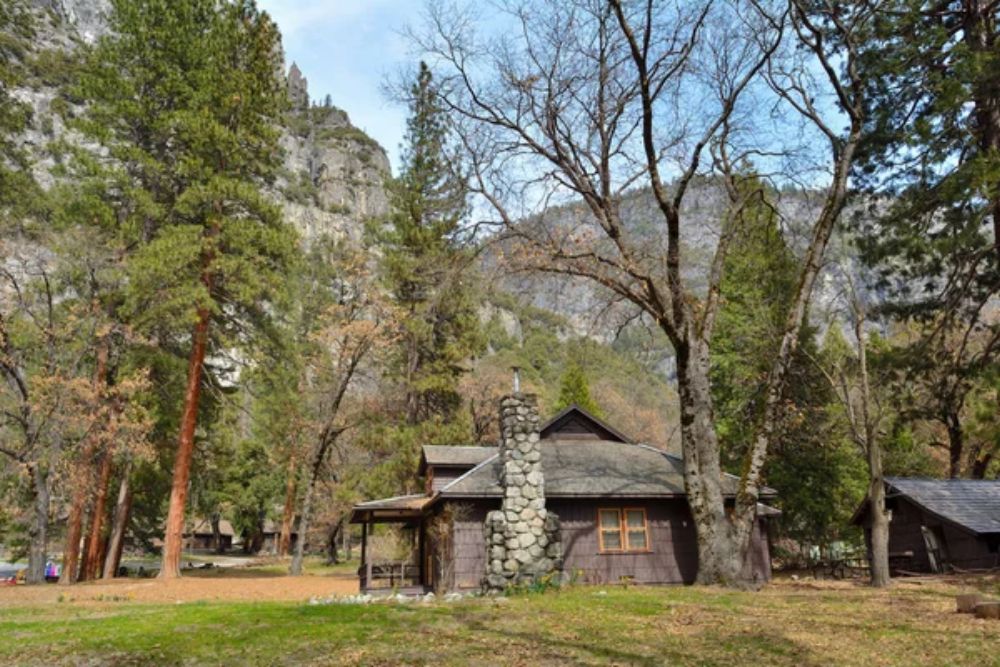
Yosemite provides habitat for over 400 species of vertebrate animals, including the
rare Sierra Nevada red fox. The park is one of the last refuges for several endangered species found nowhere else in California.
Recent wildlife monitoring programs have revealed previously unknown populations of rare species surviving in remote areas of the park.
Like Travel Pug’s content? Follow us on MSN.
Tunnel View Rarely Existed
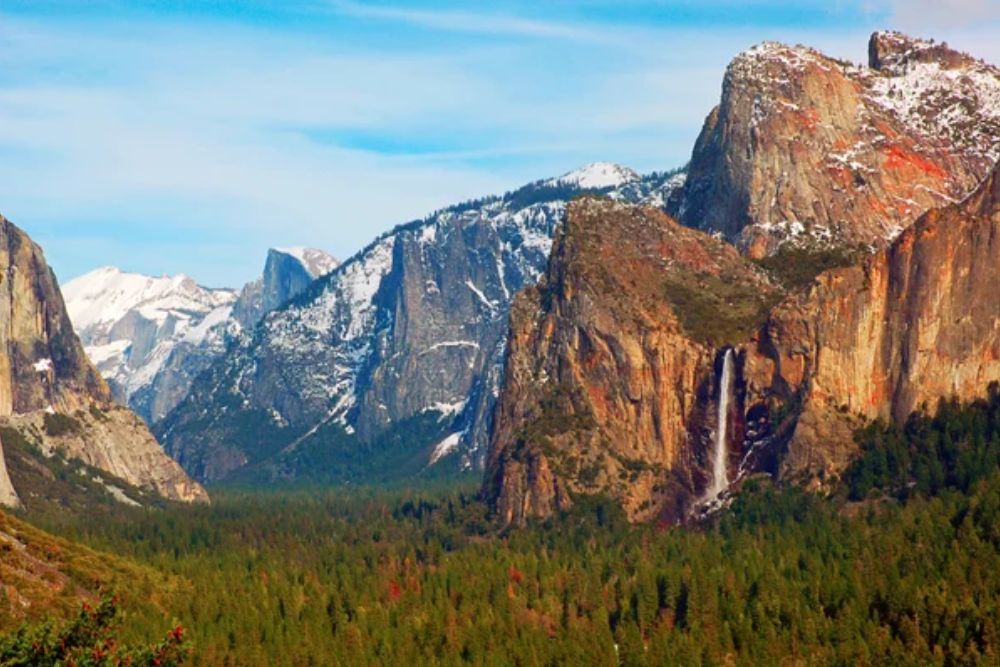
The iconic Tunnel View overlook was almost never created, as original park plans
entirely called for a different route. Engineers changed course specifically in 1933 to
include this stunning vista, now one of the most photographed locations in the park.
The final design required extensive blasting through solid granite to create the tunnel
and its famous view.
Historic Hotels Changed National Park Tourism
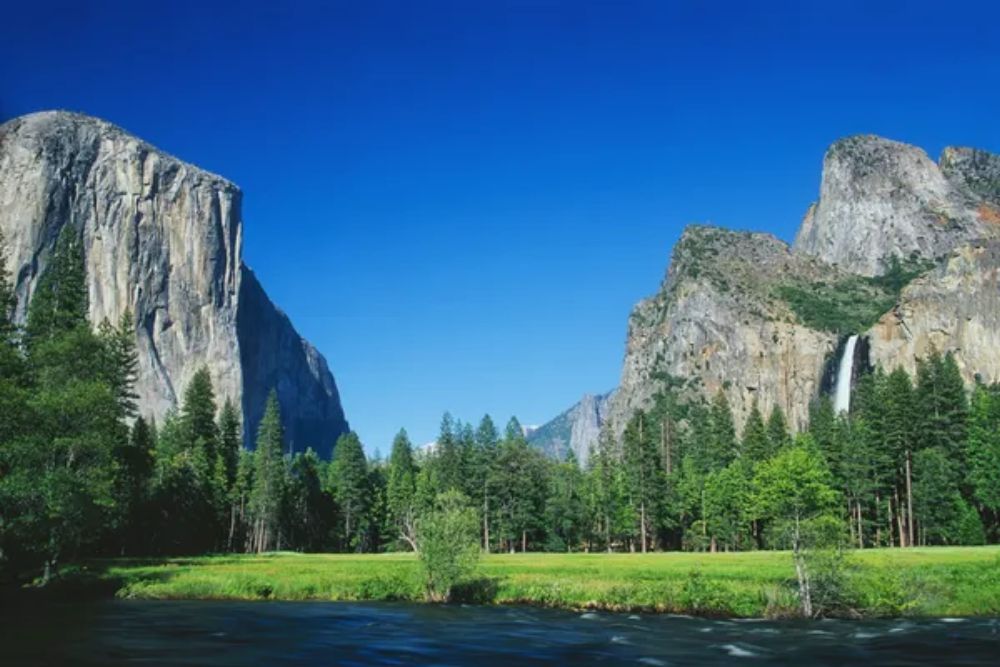
The Ahwahnee Hotel, opened in 1927, set new standards for national park accommodations. Its unique blend of Art Deco and Native American design
influences inspired architecture throughout the National Park System.
The hotel’s grand dining room, with its 34-foot-high beamed ceiling, continues to serve as a model for rustic park architecture.
Mystery Plant Discoveries Continue

Botanists regularly discover new plant species within park boundaries. The most
recent significant find occurred in 2019 when researchers identified a previously
unknown wildflower species growing in the park’s high country.
These discoveries highlight how much remains to be learned about the park’s rich biodiversity.
Like Travel Pug’s content? Follow us on MSN.
The Park Influenced Environmental Protection
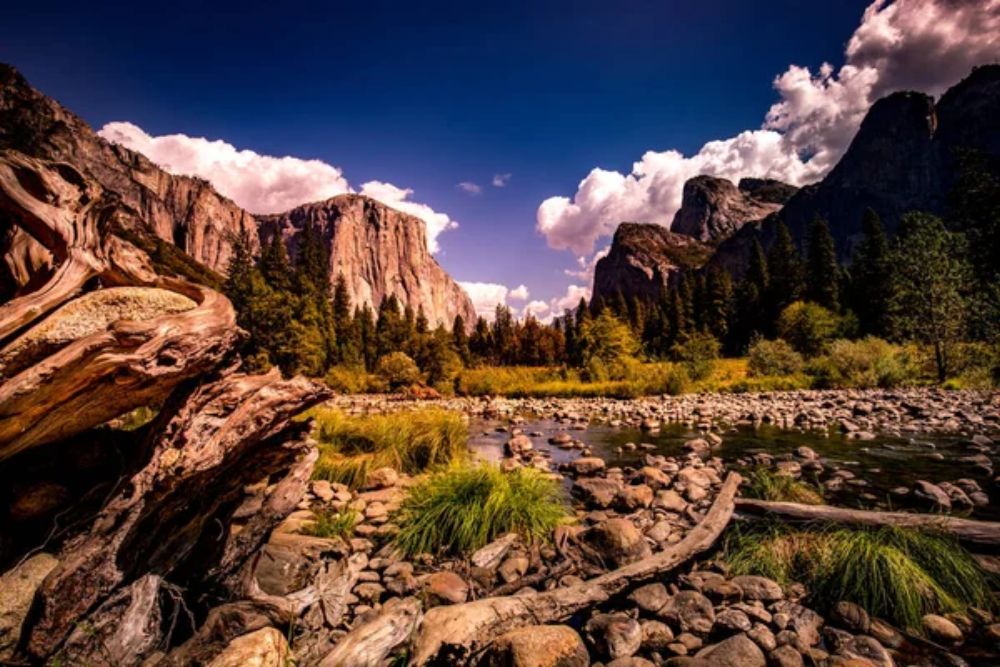
Yosemite’s establishment helped inspire the modern environmental movement. President Lincoln’s 1864 signing of the Yosemite Grant marked the first time the
federal government set aside land for public enjoyment and preservation.
This precedent-setting legislation paved the way for creating the entire National Park
System.
Unique Geological Features Tell Earth’s Story
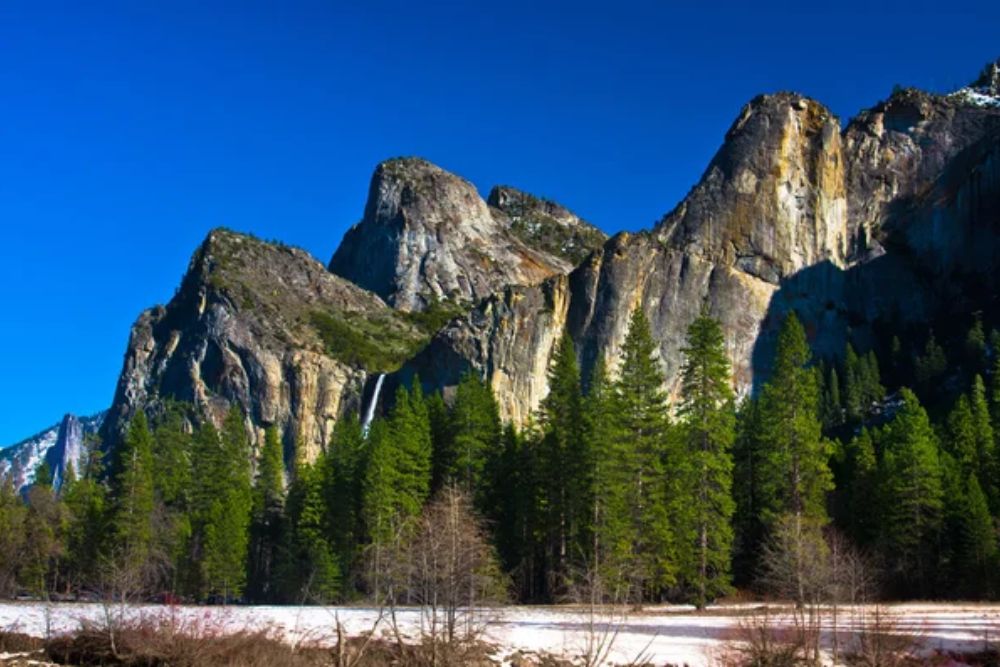
The park contains rare ‘erratic’ boulders transported by glaciers from miles away.
These massive rocks help geologists track ancient ice movements and understand
historical climate patterns in the Sierra Nevada range.
Some of these transported boulders weigh hundreds of tons and rest precariously on exposed ridgelines.
Wildlife Management Evolved Here
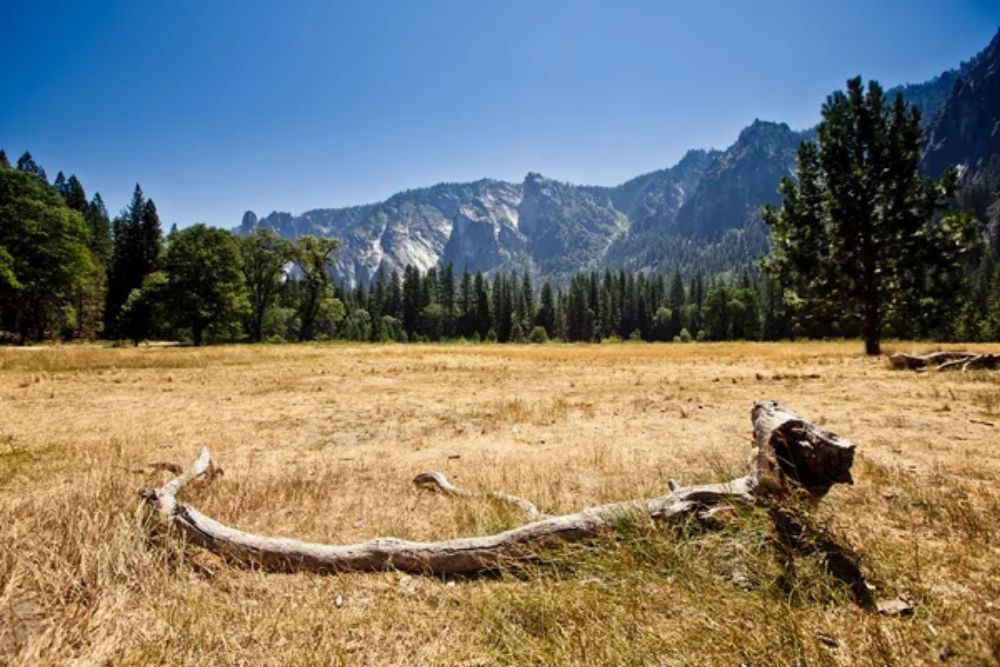
Yosemite pioneered modern wildlife management techniques in the 1920s when
rangers realized that artificial feeding of bears created dangerous human-wildlife
conflicts. The park’s subsequent ‘natural regulation’ policy became a model for other
wilderness areas.
This groundbreaking approach transformed how national parks manage wildlife encounters nationwide.
Like Travel Pug’s content? Follow us on MSN.
Military Stewardship Shaped the Park
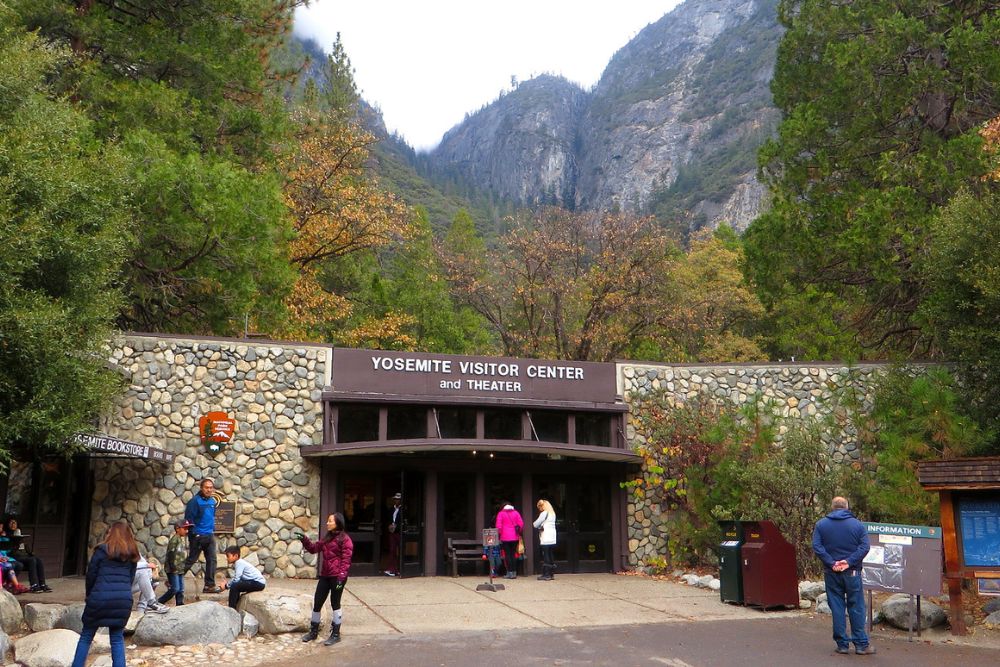
The U.S. Cavalry managed Yosemite from 1891 to 1913, establishing many early
conservation practices. Their systematic approach to park protection laid the
groundwork for today’s National Park Service ranger program.
The cavalry’s detailed records provide valuable insights into the park’s ecological conditions during the early years of protection.
Underground Features Remain Unexplored
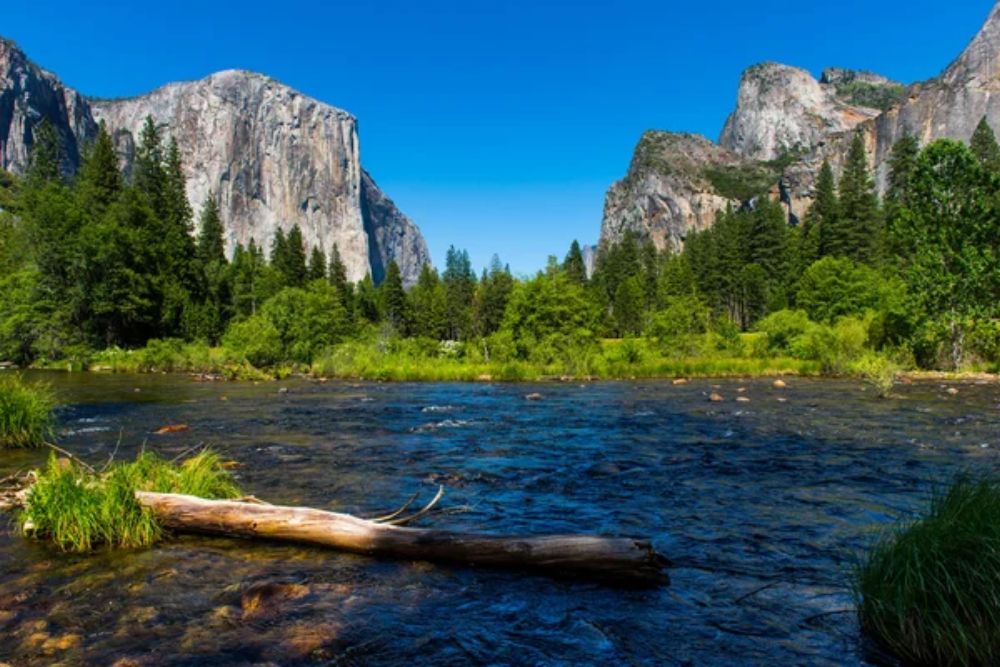
Recently discovered cave systems beneath Yosemite continue to yield discoveries.
Speleologists estimate that less than half of the park’s underground features have
been fully mapped and documented.
Specialized cave exploration teams uncover new passages and chambers hidden beneath the park’s surface each year.
Yosemite: Where Wonder Never Ceases Growing
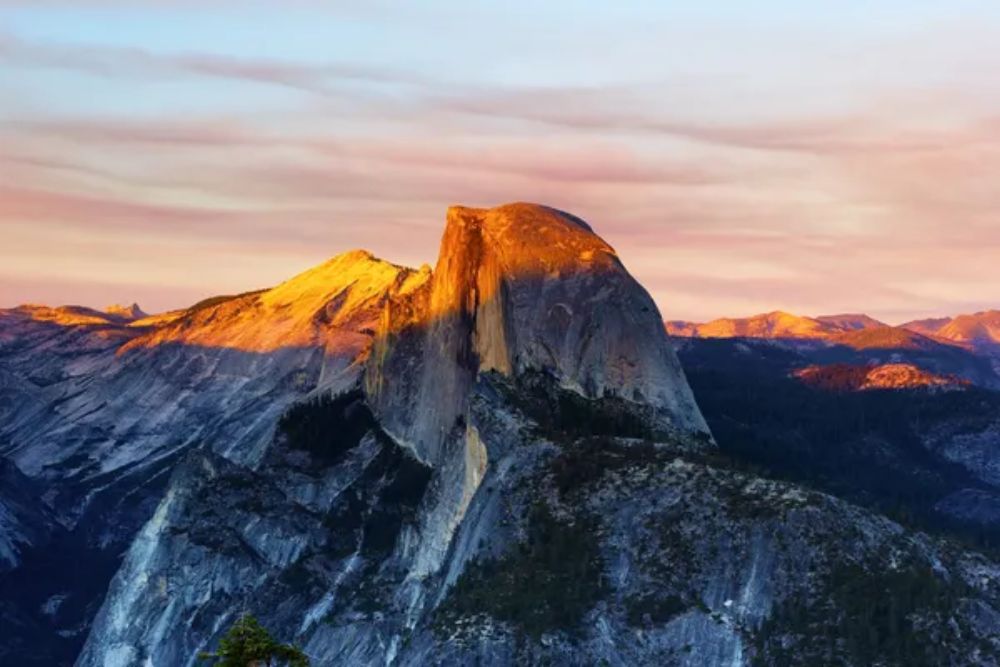
As we’ve explored these fascinating aspects of Yosemite National Park, it becomes clear that the park continues to surprise and inspire even after more than 150 years as a protected area. Each visit holds the potential for discoveries, whether you’re a first-time visitor or a seasoned explorer of this magnificent wilderness.
The park’s ability to reveal new secrets and inspire wonder remains as powerful today as when it was first protected.
More from Travel Pug

- 20 Cities Around the World Where You Can Walk the Streets Without Looking Over Your Shoulder
- 15 Caribbean Islands Where Tourists Keep Getting Scammed
- The 25 Best Scenic Outlooks Along U.S. Highways (The Most Beautiful Drives in America)
- 15 Hidden Spots in Disney World’s Magic Kingdom Most Visitors Miss
- 15 Once-Popular Tourist Destinations Now Considered Too Dangerous
Like Travel Pug’s content? Follow us on MSN.
